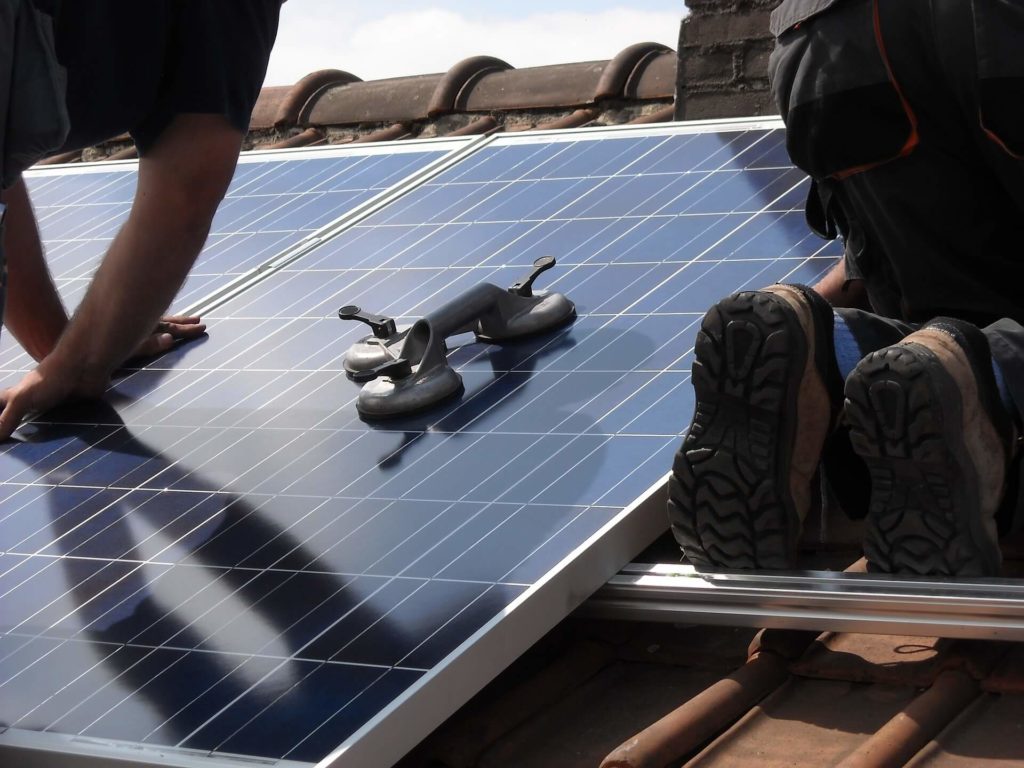
With climate change becoming a more prominent issue that is being discussed around the world and the UK government putting in place measures to reduce carbon emissions, assessing your carbon footprint is extremely important.
Homes are some of the worst offenders for producing harmful emissions that contribute to climate change, so doing your bit to reduce this can make a huge difference. A lot of the changes we can all make around the home are simple, easy and affordable but can be a significant help.
Here, we go through some of the top ways you can reduce carbon emissions in your home, do your part to help the environment and save money on your energy bills.
Assess your home
The first step to take is to assess your home to work out exactly what energy you’re using. This will help you understand exactly what you need to use and what is wasting energy and could be turned off during the day.
If you suspect that you are losing a lot of heat and energy from your home but can’t detect where, tests such as air tightness testing and thermographic testing can detect air or heat loss in your home and identify exactly what needs doing in order to fix any issues. These tests will help you to make your home more efficient and ultimately reduce your carbon footprint and your energy bills.
Once you’ve assessed your home or had it assessed by specialists, identify ways that you can make it more efficient and use less energy. Below are some of the top ways to reduce energy consumption at home and to minimise energy loss.
LED Lightbulbs
This is one of the quickest and easiest ways to improve the energy efficiency of your home and reduce energy waste. LED lightbulbs are far more efficient than halogen bulbs and can end up saving you around 36% on your lighting bill according to The Energy Saving Trust.
The bulbs also last far longer than traditional bulbs with a lifespan of around 50,000 hours which is approximately 50 times longer than incandescent bulbs and 20 times longer than halogen. This works out that if you had the LED bulb switch on for 12 hours a day everyday, it would last over 11 years.
These bulbs can make a huge difference to not only reducing energy loss, but also waste, as you aren’t having to change the bulbs as often.
Appliances and lighting
This may seem obvious, but really think about what you need switched on all the time and what can be switched off throughout your home. This means checking all devices and appliances you have plugged in and seeing whether they need to be on all the time. If not, unplug them when they aren’t in use.
The same goes for lighting, try to turn off lights as soon as you leave a room to minimise energy loss and ensure that energy is only being used when needed.
Heating
Heating your home can use a lot of energy, with lots being wasted if your home isn’t efficient. Turning your thermostat down even a couple of degrees can make a huge difference to your heating bill and the amount of energy that is wasted.
Another great way to stop energy being wasted is to install thermostatic valves on all the radiators in your home. This allows you to control the temperature of each individual room, so you can turn radiators down or even off in rooms that don’t need heating and turn them up in rooms that do.
A more expensive but extremely cost effective way to improve your heating is to upgrade your boiler. If your boiler is quite old, then upgrading to a newer model will ensure you are using energy far more efficiently. Over time, this will save you a lot of money on your energy bills, as you will be wasting far less energy than before.
Reduce draughts
If your home feels draughty or there are cold spots in certain rooms, then there’s a chance you have an air leak and your home isn’t performing efficiently. This can cause a lot of energy loss and emissions leaking into the atmosphere.
Ensuring your home is properly insulated, especially the roof as a lot of energy can be lost through here, can make a huge difference to your home’s carbon footprint. Purchasing draught excluders and putting them around door frames and windows that feel draughty are extremely cheap and easy ways to reduce energy loss.
Installing double glazing in your home is also another excellent way to reduce your carbon emissions. A lot of energy can be lost through inefficient windows, so upgrading them will not only make your home feel warmer, they will also stop energy being lost unnecessarily.
Renewable energy
Installing renewable energy sources such as solar panels will allow you to generate green energy, making a minimal impact on the environment. With government schemes available that pay back owners of renewable energy sources cash for energy generated, you can also earn a little extra money whilst being environmentally friendly.
Some of the most popular renewable energy and heat sources you can install in your home are:
- Solar panels
- Wind technology
- Air source heat pumps
- Ground source heat pumps
Reduce your carbon emissions today
With over 15 years in the energy industry, our team has a wealth of knowledge on how best to make homes more energy efficient. Whether you’re a developer working on new energy efficient homes, or a homeowner looking to reduce your carbon footprint and energy bills, we can help.
Get in touch with our team today on 01403 253439 to discover how we can help you make your home more efficient and reduce your carbon emissions.
